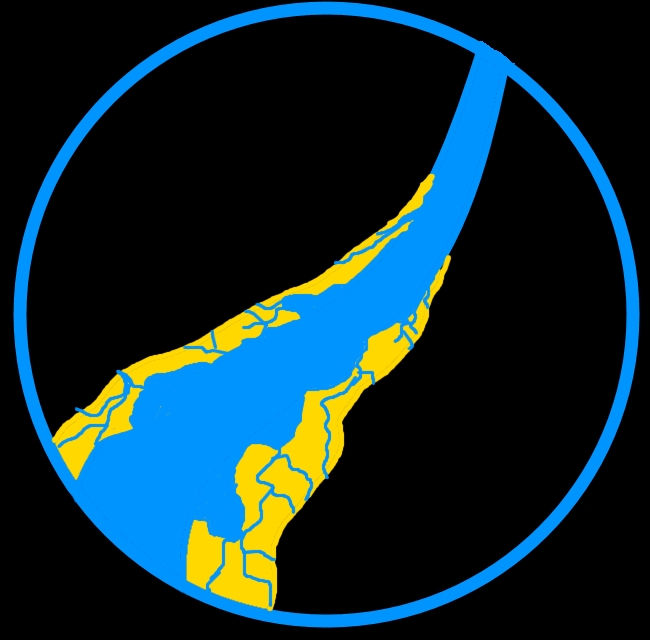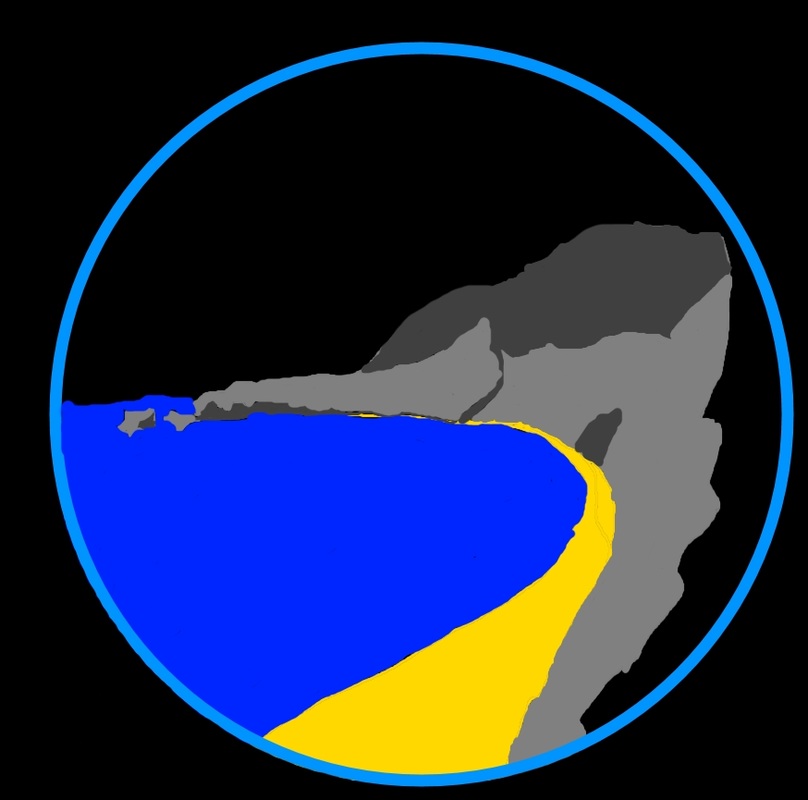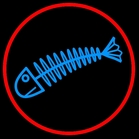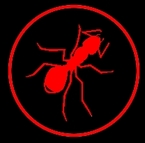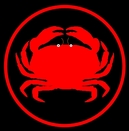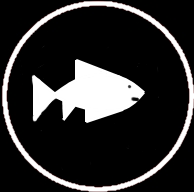Garpike
Also known as a Longnose Gar
Lepisosteus osseus
Where is it found?
Rivers, lakes, estuaries and brackish water and around coasts
Diet and foraging method
Key adaptations
Gars are well adapted to hunting fish, having long snouts and numerous sharp teeth. Their heavily armoured, interlocking scales protect their body from predators.
Social organisation and mating system
Live in small groups
Polyandrous
Did you know that...?
Gars have swim bladders which they can fill with oxygen by breathing in air through their snout. This gives them buoyancy, and allows them to survive in low oxygen waters, and even out of water for a few hours.
Taxonomy
Picture credits:
Maps from: http://species.mol.org/species/
"Longnose gar, Boston Aquarium" by Steven G. Johnson - Own work. Licensed under CC BY-SA 3.0 via Commons - https://commons.wikimedia.org/wiki/File:Longnose_gar,_Boston_Aquarium.JPG#/media/File:Longnose_gar,_Boston_Aquarium.JPG
"Longnose gar, Boston Aquarium" by Steven G. Johnson - Own work. Licensed under CC BY-SA 3.0 via Commons - https://commons.wikimedia.org/wiki/File:Longnose_gar,_Boston_Aquarium.JPG#/media/File:Longnose_gar,_Boston_Aquarium.JPG



